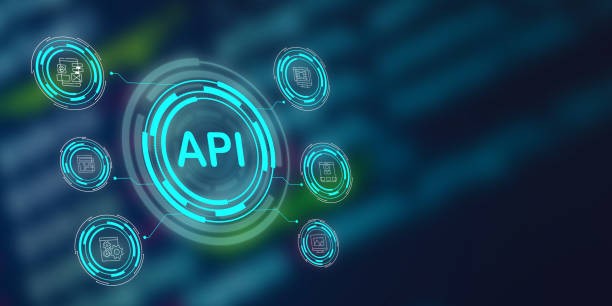
Navigating the Fast Lane: Best Practices for Sustaining API Performance
Metapercept Technology Services
Solving complex information system with excellent information architecture services.
In the ever-evolving web development landscape, APIs (Application Programming Interfaces) are the backbone, ensuring seamless communication between frontend and backend code. Whether you're delving into custom dashboard development or fine-tuning UI elements using third-party plugins, one aspect that remains is the non-negotiable consistent API performance. In this blog, we'll explore the best practices to maintain robust API performance over time, emphasizing key considerations for web development enthusiasts.
Best Practices to Minimize API Call Response Times?
Optimizing data handling is paramount when crafting APIs for custom dashboard development or UI enrichment. Choose a lean data format, implement pagination for large datasets, and leverage caching mechanisms judiciously. Reducing payload sizes can significantly reduce response times.
Minimize the number of API calls by incorporating batch processing. Instead of requesting data individually, bundle multiple requests into a single call. This reduces overhead and enhances efficiency, especially when dealing with interconnected systems.
Using asynchronous communication patterns, such as message queues or event-driven architectures, to decouple microservices can improve responsiveness and fault tolerance.
Implementing caching mechanisms can greatly optimize API performance by reducing the need for repeated computations and database queries. By caching frequently accessed data or the results of expensive operations, you can significantly minimize the response time for subsequent API calls. However, it is crucial to carefully manage the cache expiration and invalidation to ensure data consistency.
API Performance Maintenance and Optimization
While optimizing API performance is crucial, it is equally important to maintain that performance over time. Here are some key aspects to consider for API performance maintenance and optimization:
Regularly monitoring the performance of your APIs is essential to identifying any potential bottlenecks in performance. By utilizing performance monitoring tools and techniques, you can gather valuable insights into API response times, error rates, and other performance metrics. This data can help you proactively address any performance issues and ensure optimal API performance.
Performing load testing on your APIs is crucial to evaluating their performance under simulated real-world conditions. By subjecting your APIs to realistic loads and stress scenarios, you can identify their breaking points and potential performance bottlenecks. Load testing allows you to fine-tune your APIs and infrastructure to handle high traffic volumes while maintaining acceptable response times.
领英推荐
Designing your API architecture with scalability and redundancy in mind is essential for maintaining consistent performance. By leveraging techniques such as load balancing and horizontal scaling, you can distribute the workload across multiple servers and handle increasing traffic effectively. This not only enhances performance but also improves the fault tolerance and availability of your APIs.
Techniques to Optimize API Performance
Integrate asynchronous operations into your API design to handle time-consuming tasks without blocking the main execution flow. This is particularly beneficial when dealing with resource-intensive tasks in web development, ensuring a smooth user experience.
Distribute incoming API requests evenly across multiple servers using load balancing. This prevents bottlenecks and ensures consistent performance, which is significant when scaling your infrastructure to meet growing demands.
Performance Testing and Monitoring for APIs
Prioritize comprehensive performance testing throughout the development lifecycle. Simulate various user scenarios, monitor response times, and identify potential bottlenecks. Regular testing helps detect issues early, preventing unexpected disruptions.
Implement robust monitoring tools to track API performance in real-time. Set up alerts for unusual behavior, ensuring prompt identification and resolution of issues. Monitoring is crucial for maintaining a healthy API ecosystem, especially in custom dashboard development and UI enhancements.
Security and Cost Optimization
Security and cost optimization should be integral considerations in API development. Implement secure authentication mechanisms, encrypt sensitive data during transit, and regularly audit for vulnerabilities. Optimize API usage to minimize unnecessary costs, ensuring a balance between performance and resource efficiency.
Conclusion
In the dynamic sphere of web development, API performance is crucial to holding diverse systems together. By adhering to these best practices, you ensure optimal performance for your APIs and fortify the foundation for seamless custom dashboard development and UI enhancements. Embrace a proactive approach, incorporating testing, monitoring, and optimization into your development workflow. As you navigate the fast lane of web development, let these practices be your guiding lights, ensuring your APIs stand the test of time.?